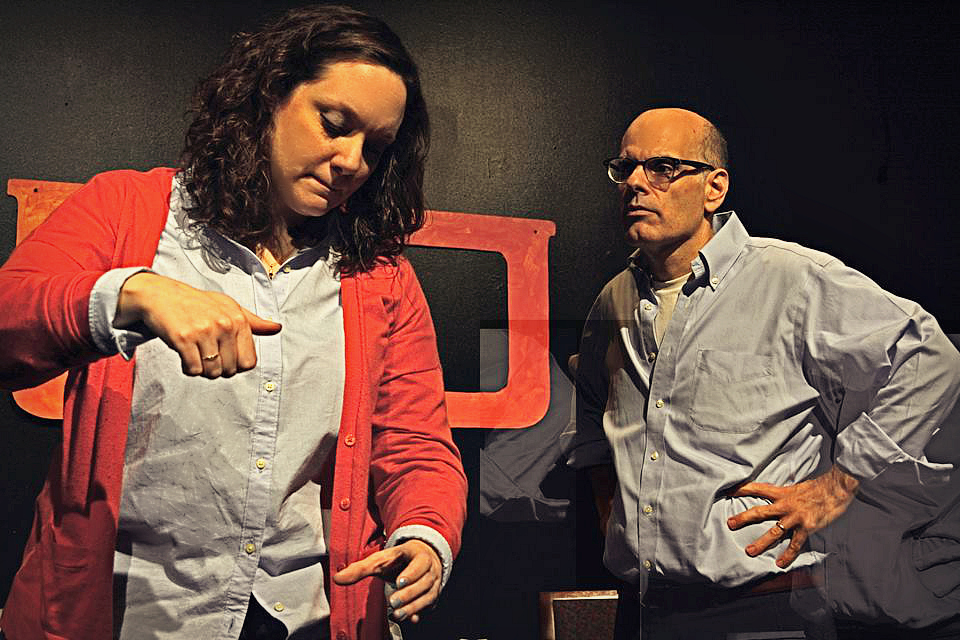Listen to the Audience

When you first start improvising you are told to listen to your partners on stage. Sometimes you focus on them so deeply, you forget there is an audience.
One of the things that makes improv so special is that it’s a shared experience between the player on stage and the audience. One of the best ways to honor that is to be aware of the audience’s reactions, because they can tell you a lot.
One of the most obvious ways improvisers can listen to the audience is when we are taking suggestions in either long form or short form shows. When we get a suggestion such as “bear,” the audience is waiting for us to acknowledge it by seeing how we are going to use that in our improvising. Even though I have mixed feelings about using a suggestion to heavy handily, it is important not to ignore the audience entirely. And when we use the suggestion in some way, audiences seem to love it.
Listening to the audience can really help with the pacing of the show and can even influence the content of the show. However, it’s important to understand that there is a difference between paying attention to the audience’s reactions and going for the joke or playing to the audience. If you’re doing this, then you’re listening to the audience more than your fellow players, and that is never a good thing.
A lot of times when I am improvising, I can’t see the audience, but I am tuned into them like they are on the radio. And by listening to them, they help guide me and they give me information. Do they want the show to be a laugh riot? Or do they want it to be more theatrical?
Here are three ways listening to the audience can help you as an improviser:
- The audience sees and hears what you do
I think the simplest way we can listen to the audience while improvising is to acknowledge when you’ve made a mistake. For example, if you walk through an imaginary table or if you call someone the wrong name, the audience wants you to call it out in the context of the scene, and usually when we do, it can be one of the biggest laughs of the night. When we try to ignore our mistakes, we aren’t giving the audience credit for their ability to pay attention. - The audience can help you find patterns
In some cases, the audience can see a pattern before even we do. While improvising, I have said something or done a physical gesture, and for some reason that I cannot explain while I am doing it, the audience will surprise me and roar with laughter. This is usually a sign that the audience sees a pattern before the player does and wants them to follow it or heighten the behavior. - The audience is the best editor
We all have learned that we’re supposed to edit on a laugh, and when we do, we are taking that directly from the audience. I think it goes even further though. I have done scenes where I have gotten no laughs, but I’ve felt that the audience was on the edge of their seats. This tells me a lot in the moment, that the scene we are doing is compelling and interesting, and this audience is ok if the show is more theatrical and less funny. On the flip side, I’ve done shows where scenes aren’t getting any laughs, and I can sense from the energy in the room that I should edit more often because they have a shorter attention span and are looking for a more high-energy show with more laughs.

